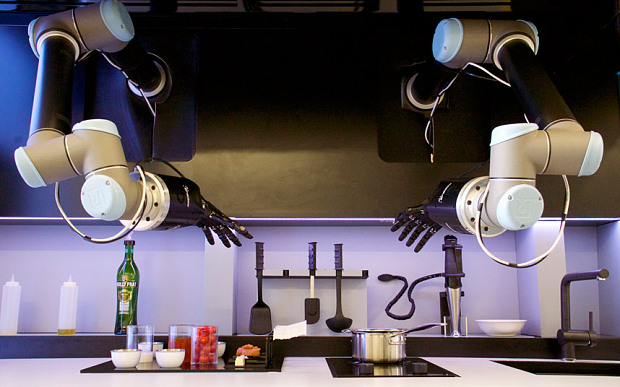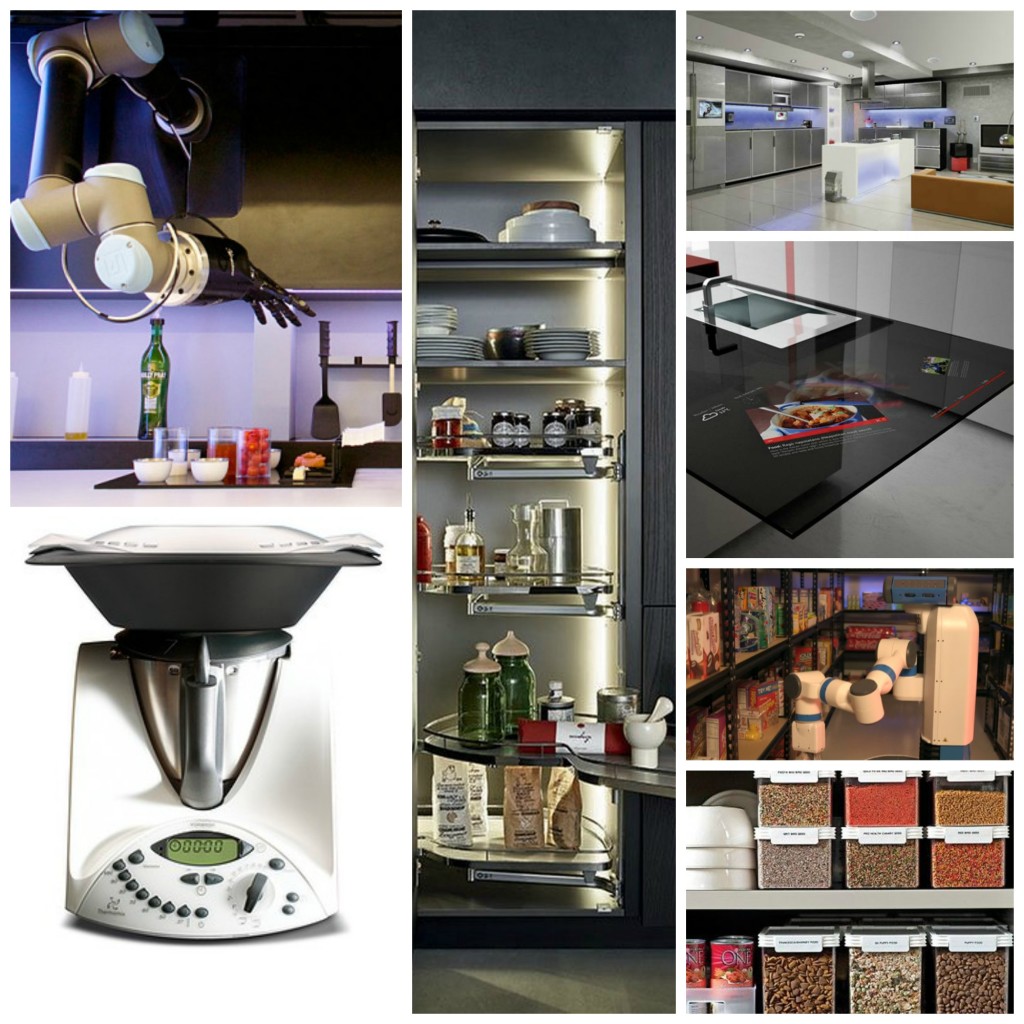If you’ve been even slightly paying attention to the news over the last twelve months, you’re almost definitely been introduced to the term “Internet of Things”. From smart door locks that can be unlocked from a phone app to connected kitchen scales that sync up to a recipe app and let you know and help you bake the perfect cookies, the Internet of Things has begun to permeate every aspect of our lives.
What is the Internet of Things?
The most boiled down version of the Internet of Things is that it’s taking basic household items and giving them Internet connectivity or a “smart” application. Take for example, a pill bottle. It’s a simple item with a screw top that holds medication. However, an Internet of Things (IOT) application might be a “smart” pill bottle top that has voice reminders or an alarm that goes off when it’s time to take your medication. It could even keep a record of the weight of the total pills left, reminding you to refill your prescription when it’s running low. That kind of interconnectedness with everyday objects is what the Internet of Things is all about. It’s also why it makes the Kitchen of the Future so exciting.
The Internet of Things in the Kitchen
When you think about all of the appliances, tools, and equipment that are stored in the cabinets and pantries of every kitchen, it’s no surprise that an Internet of Things revolution in the home could start right here, and in fact, is already happening.
A few years ago, I was at the Consumer Electronics Show in Las Vegas to check out the latest tech gadgets and was blown away by how many kitchen appliance companies were in attendance. Stoves and refrigerators aren’t exactly the model of technological innovation. But yet, there they were with LG’s appliance division front and center. What were they debuting? A range of connected appliances (including a refrigerator and a stove) that could manage food inventory, suggest recipes, and communicate with their call center for tech support in the event of a problem with one of your appliances. And that was a few years ago. If nothing else, that points to a complete rethinking of how our kitchens are set up and what purpose they serve.
Over the last few years, there’s been a good bit of research and development focused on ways to cut down food prep and cooking time and effort. Opportunities to automate parts of the cooking process have become goals for appliance manufacturers and have resulted in great devices like the Thermomix that take almost all of the guesswork out of cooking. This is a device that can blend drinks, knead dough, precision heat ingredients, chop herbs, mix ingredients, steam vegetables, whip cream, and even weight food.
Even more hi-tech is the Robot Chef Arms that Moley Robotics has developed and programmed to prep and cook a range of pre-determined recipes. Now that’s pretty amazing.
They even plan to build it out with a complete mini automated kitchen unit which will hopefully be on sale in just a few years. The entire unit will also feature a few staples, like a sink, dishwasher, and oven, so that after it cooks for you and your family, it can clean up its mess.
The Kitchen of the Future
Our version of the Kitchen of the Future heavily utilizes the idea of the Internet of Things – how could it not, since the whole point of a “smart” kitchen is to take the place of a human being. Here’s how we envision the future of the kitchen.
The Kitchen of the Future won’t look like the kitchens we have today. They’ll have spaces for kitchen prep and cabinets, but the cabinets will be used for storage and automation equipment. Since many of the kitchen tasks, like finding and storing ingredients, produce, and meat, we imagine that the cabinet facades will hide intricate food storage systems that use belts and trolleys to store and quickly find and deliver food products.
Kitchen appliances will be built into the bar and prep areas. Technologies like induction ranges could be used to minimize any errors where burners would be left on. Devices like the Thermomix might be used as separate devices to aid in the cooking process, or similar technologies could be built into the food prep space in the kitchen. Robot arms, like the ones built by Moley Robotics, would handle transporting the ingredients to cooking devices, and any tasks that can’t be handled by all-in-one cooking machines.
How food is stored, found, and delivered will be a major issue that will need to be solved. In order for the tools and robots to measure, chop, and cook ingredients, they’ll need to be easily accessible. A smart food storage system will need to be designed and implemented for kitchens in the future. Depending on how large it needed to be, this could be done by adopting and tweaking warehouse automation technology that already exists. A system of robots could find, move, and transport individual ingredients to the kitchen prep area where they would be measured, sorted, and prepped before cooking.
There’s a huge amount of potential for innovation in the kitchen of the future. And it’s undeniable that the Internet of Things will play a huge role in what our homes – and specifically our kitchens – will look like 10, 20, and even 50 years down the road.







That’s one nifty “smart” bottle cap! It just goes to show how varied the IoT network’s possibilities could bring in the future. I will surely keep myself updated with IoT in the years to come.